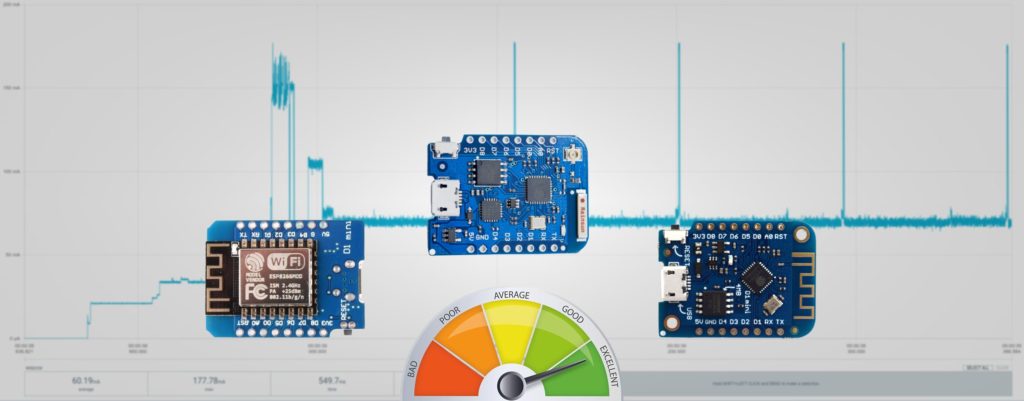
⚠️There is an updated version of this article, way more detailed, with graphs of power consumption over time: Wemos D1 Mini: Deep Sleep Current Draw 2023
The Wemos D1 Mini is a well known board, specially when you look for easy to use boards that have a low power consumption. Sure, it will never be as low as an ESP8266 module alone but convenience has a price.
Anyways, the problem is that there are many different boards and versions when you search for Wemos D1 Mini on Aliexpress. And some of them do not correspond with the ones listed on the official Wemos website. Do all boards have the same power consumption when you activate deep sleep?
I have bought a few different models so let’s find out.
D1 Mini
This one is not a good board. The power consumption is «too high». When in deep sleep mode, connected directly yo 3.3V, the current was around 9mA. If you plan on powering this board with 18650 batteries they won’t last very long, a few days at most depending on your use case.
But that is not the main problem with this board, at least in my case I had trouble with the drivers on Windows and couldn’t flash any code from Arduino IDE. All of the other boards worked fine so I don’t know, weird.
No issues on Linux though, fortunately!
Anyways
D1 Mini Pro
Great board, although I am a bit concerned about the antenna and thus the WiFi range. It does have a connector for an external antenna, which is great, but without it the range might suffer. I will have to test this.
Regarding power consumption, when in deep sleep mode and again, connected to 3.3V directly current was 150μA (that is 0.15mA). Absolutely fantastic.
D1 Mini v3
This one is an iteration from the original D1 Mini and it works much better. It is a single board, like the D1 Mini Pro, instead of a sandwich of the main board and the ESP8266 board.
When in deep sleep mode, connected to 3.3V directly the current is 150μA (that is 0.15mA) too, same as the D1 Mini Pro. Perfect.
Conclusion
If you need the extra memory, go for the Pro version (16MB vs 4MB). Or if you need more WiFi range the Pro with an external antenna might be the best choice.
But the D1 Mini v3 is pretty solid too, you won’t go wrong with any of them.
Avoid the D1 Mini, the one with the metal shield, in general. But in particular if you use Windows or if you are looking for the best Wemos D1 mini regarding power consumption. For a few more cents you can get any of the other two boards.
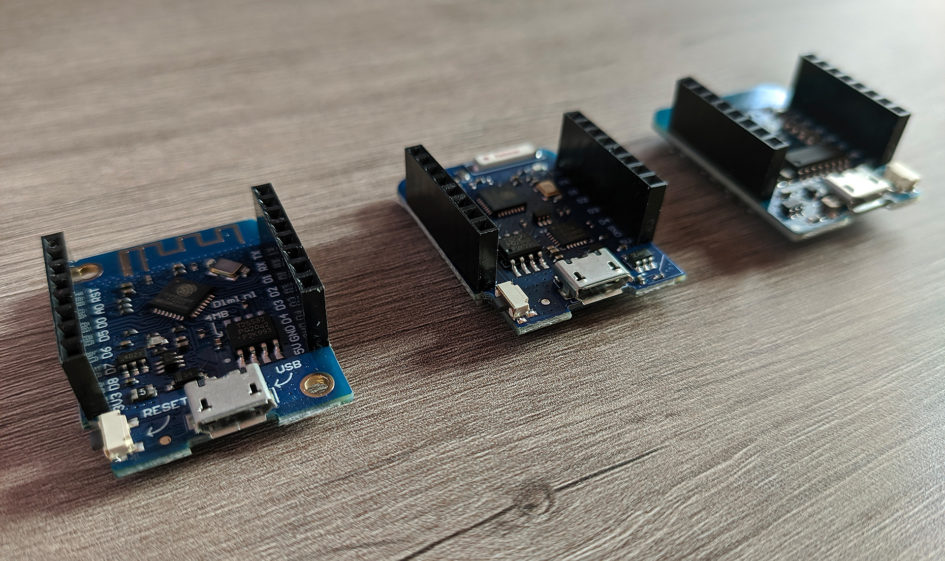
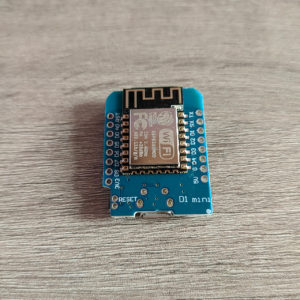
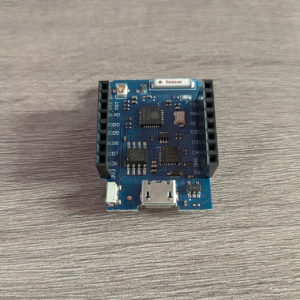
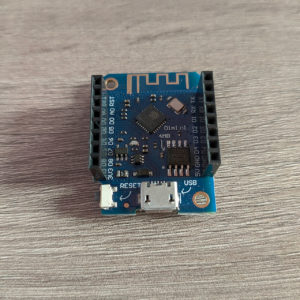
Thank you for the great article!
You are welcome sir! Thank you for taking the time to leave a comment 😀
Before you start basooning out what a board is using, you should indeed first have learned the basics about consumption of energy.
You cannot talk about that a certain system (here Wemos D1) is having a certain power consumption, measured in mAh or µAh. Power consumption is measured in Watt, and power consumption over time is measured in Watt-hours, Watt-seconds, or similar.
If you want watts you can just multiply the current and the voltage, as I provided both.
And yes that would be technically correct for power consumption but the question this posts wants to address is «how long will this board last on a battery».
Considering that both batteries and the boards work on 3.3V (or close enough in the case of 18650 batteries) then power and current are equivalent.
Which is very convenient cause battery capacity is usually specified in mAh, the current is in mA, easy maths here. Why bother translating everything to watts?
This is why I use mA. By the way the ESP8266 page on power usage also refers to current+voltage and not watts: https://www.esp8266.com/wiki/doku.php?id=esp8266_power_usage
Having said all of that I am not an electrical engineer and I am happy to be corrected. I would appreciate a less condescending tone from you in the future though, I am sure you are a great person David and this comment was just not your best.
Nicely said. Kevin Stadler took your article and did practical tests on various clone boards he had lying around. He expands your results, suggesting that the key factor in power consumption for the board could be which 5v-3.3v regulator, and which USB-TTL chip are used. I am about to test some V3 minis for an upcoming project.
https://kevinstadler.github.io/notes/wemos-d1-mini-clones-sleep-mode-current-power-consumption-esp8266/
Thanks for the article.
Yeah, the ESP alone uses very little current in deep sleep (10µA according to their specs).
So it all depends on the board where the ESP is mounted on, the differences are huge.
Kevin did an excellent job, great article.
What about the version of the board with ESP32?
I have not tried any ESP32 boards, sorry Ivan.